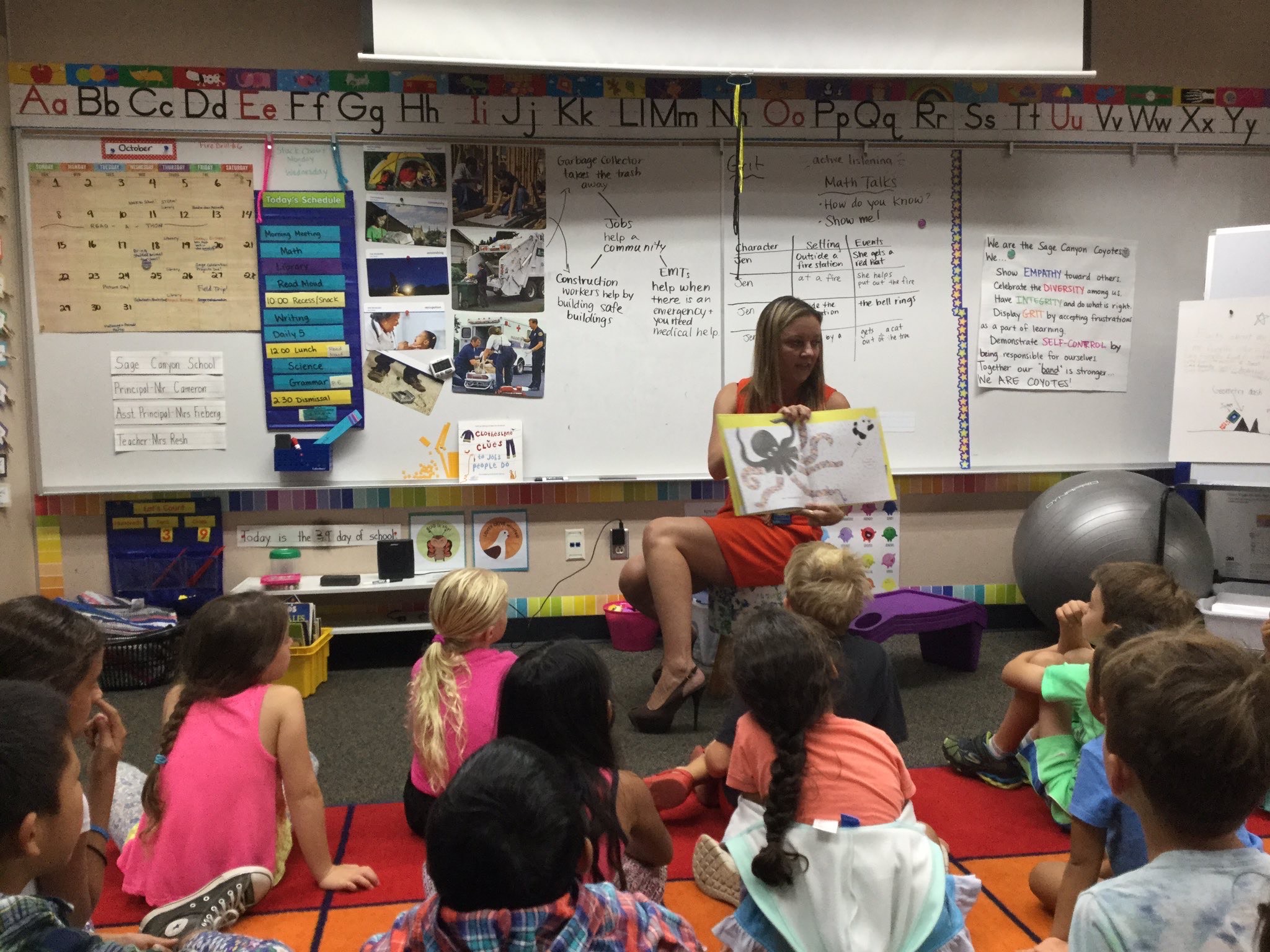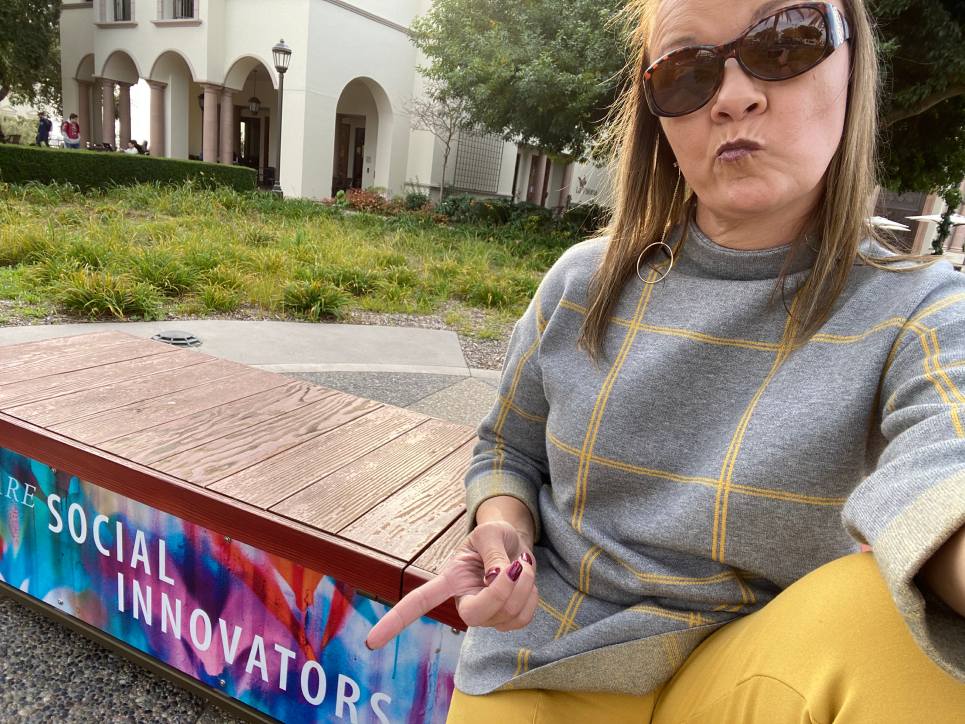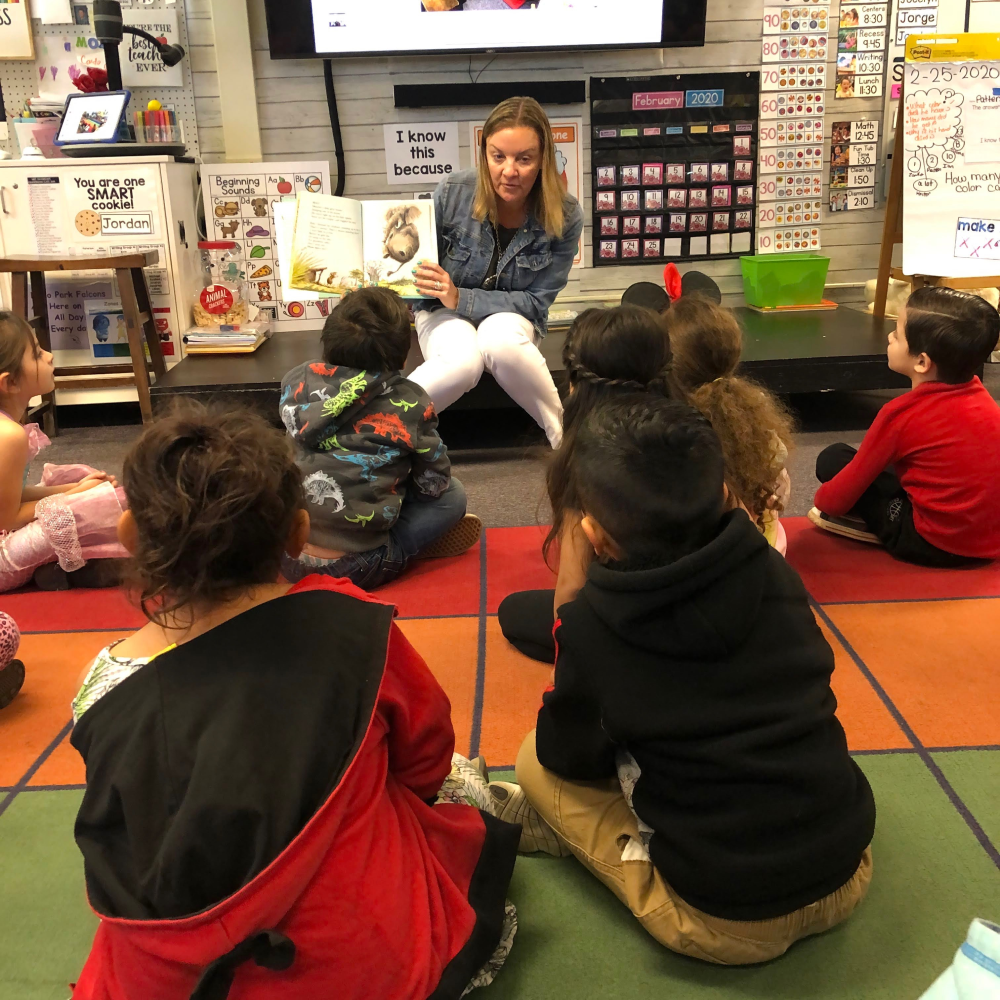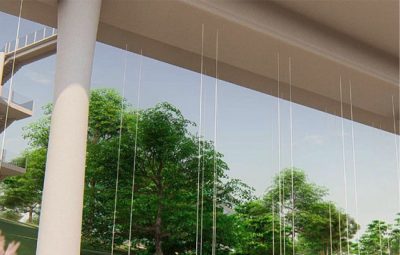As a leader for innovation and design in every avenue, The Design Lab prides itself on fostering talent with diverse backgrounds; and individuals who look to ask “how far can design’s impact reach?” Laura Spencer is one such talented individual, who currently occupies one of the Designer in Residence positions. She is also currently a CUE (Computer Using Educators) Board member, former President of SDCUE, the San Diego affiliate of CUE, and is a Founding Board Member of EquityEDU.
“As the Chief Academic Innovation Officer for Elite Academic Academy, a K-12 charter school in Southern California, I have to focus on bringing innovation into the curriculum,” explains Spencer, “I have to ask myself different questions. How can I implement design thinking into learning? How can I facilitate project based learning? How can I make education more meaningful?” with design thinking and project based learning. And again, just trying to find ways for education to be meaningful.” Spencer’s passion for education has founded her career since her introduction into the working world. In 2010, the educator graduated from Alliant International University- San Diego Scripps Ranch with an EdD in Educational Leadership and Administration. Since then, she has been heavily involved in roles, positions and curricula regarding education, leadership and innovation; such as her time as a Part-time Lecturer at University of San Diego’s School of Leadership and Education, and as a conference speaker across the country.

“At the time I was working for a district where we were trying to see if kindergarteners understood design thinking and if we could get them to apply it to their work. I reached out to Michèle Morris at the time since I was interested in seeing how UCSD was incorporating design into their education through The Design Lab.” Morris then convinced Spencer to get involved with the Educators Alliance, and it was then that her interest in The Design Lab was piqued. “I got connected with Design Alliance and then last year when they worked with Design For San Diego (D4SD), I really saw an opportunity to make that kind of learning relevant for lower grades. A lot of times, when we’re in university we get focused on academics and research. It’s like the older we get, the more we’re stuck in a box,” Spencer continues, “We stick to what works because it worked before. But children aren’t like that and so, I was interested in seeing what would happen if we took these concepts from UCSD, these principles and this way of using design thinking and brought it to a younger level. Would they have new ideas that were completely out of the box? Or would they fall into the same patterns of thinking? I thought The Design Lab had a lot to offer in terms of exploring these questions, and so I brought it to Michèle Morris.” What followed was a partnership where Spencer gathered a bunch of fifth graders, taught them to employ design thinking in their work and had them come up with design solutions. The result? Ideas that blew her away. “They were so smart!” The educator exclaims, “and that’s when I was like, there’s something here, and I’d love to be a part of it and now here I am, a designer in residence.”

Her time at The Design Lab has since enriched her process. “The Design Lab has such a wealth of brains that I could learn from for my own work,” she says, “On the flip side, sometimes empathy leaves the conversations of academia. So I would go into meetings, hear the research and ask, “I see how this applies to academia but what about beyond that?” I use my experience to be the voice beyond the walls of this research institute, the voice of the common folk.” The intersection of her contribution to the Design Lab and her learnings from it, help shape her experience and research as a Designer in Residence.

“I want my children to have what I have,” says Spencer, “I don’t want them to wait until they are nineteen to understand design thinking and implement it into their lives. I want them and kids like them to experience it now.” She hopes that her research will make the design process more accessible to younger generations. It’s Laura Spencer’s ambition, passion and expertise that displays how she truly embodies the Designer in Residence role; and through that, the diversity of research, experience and leadership that The Design Lab prides itself on.






